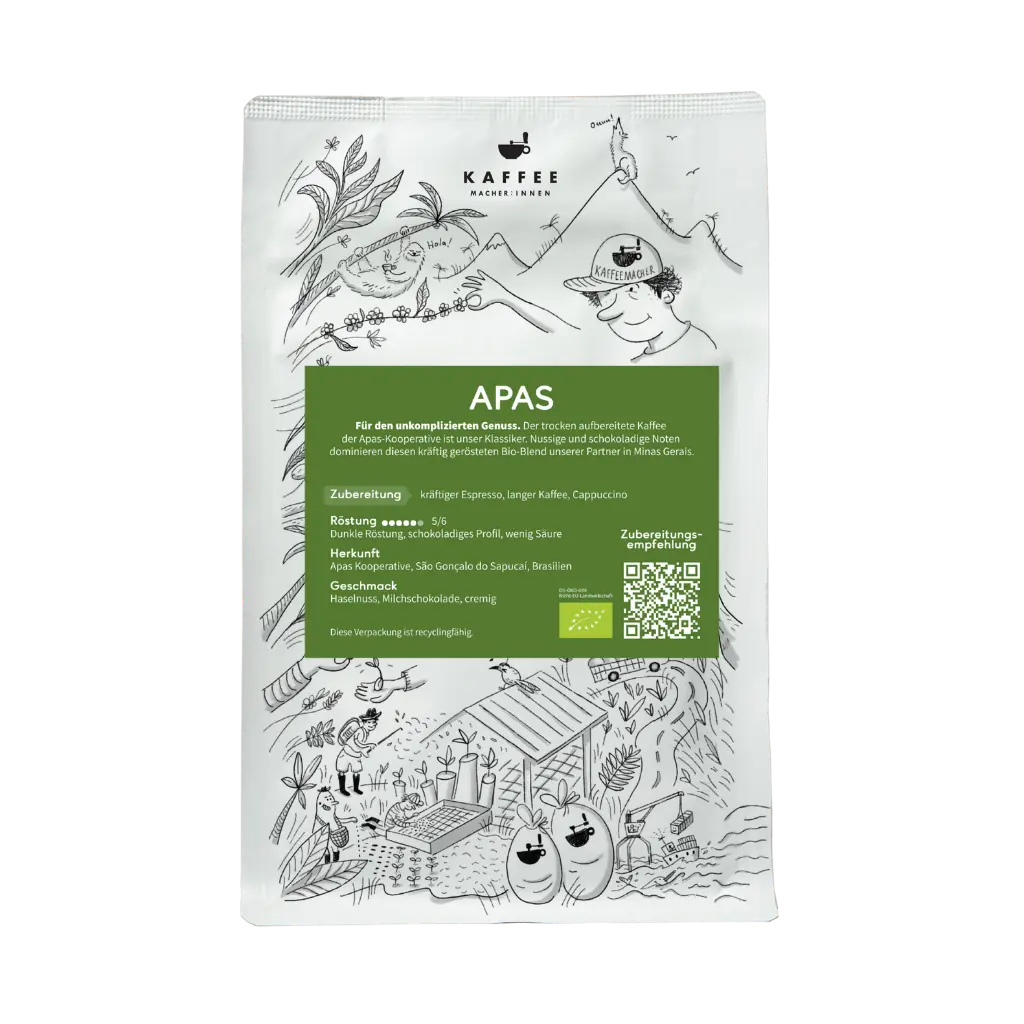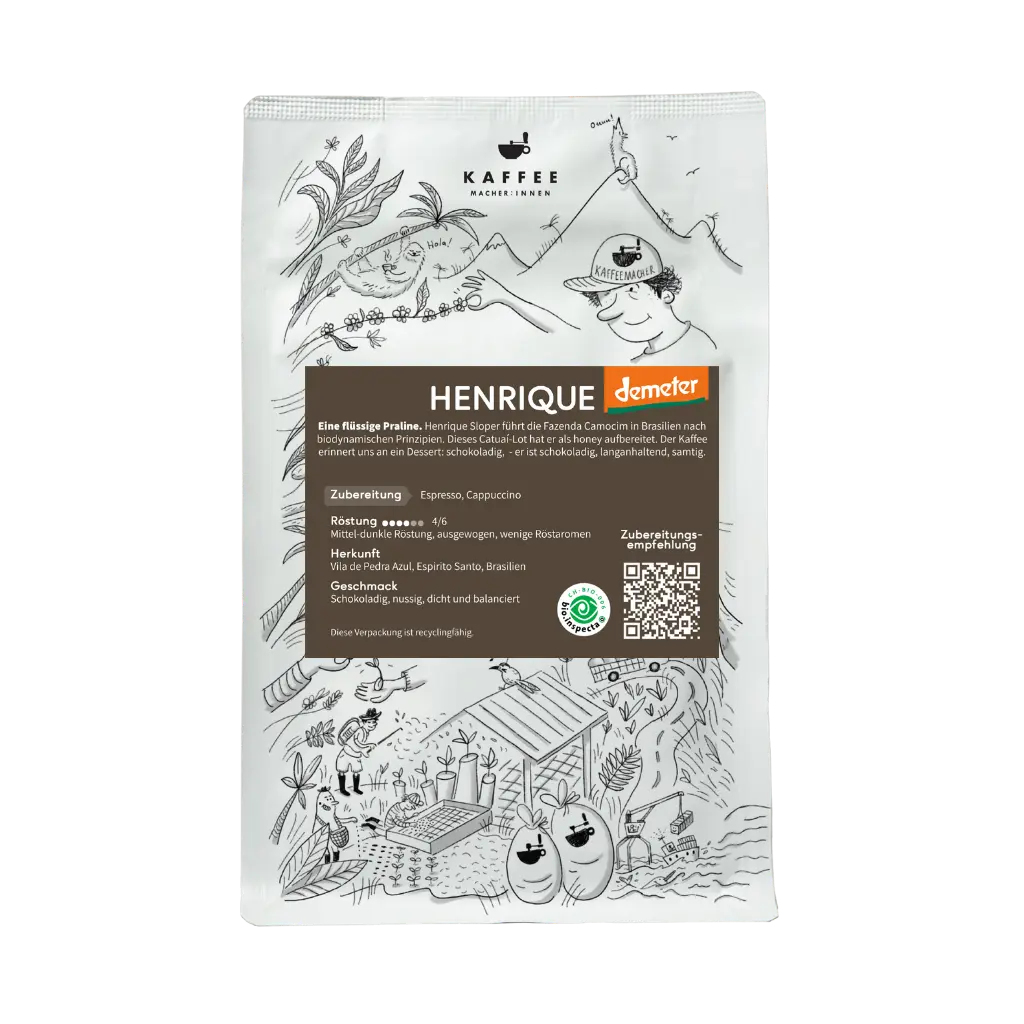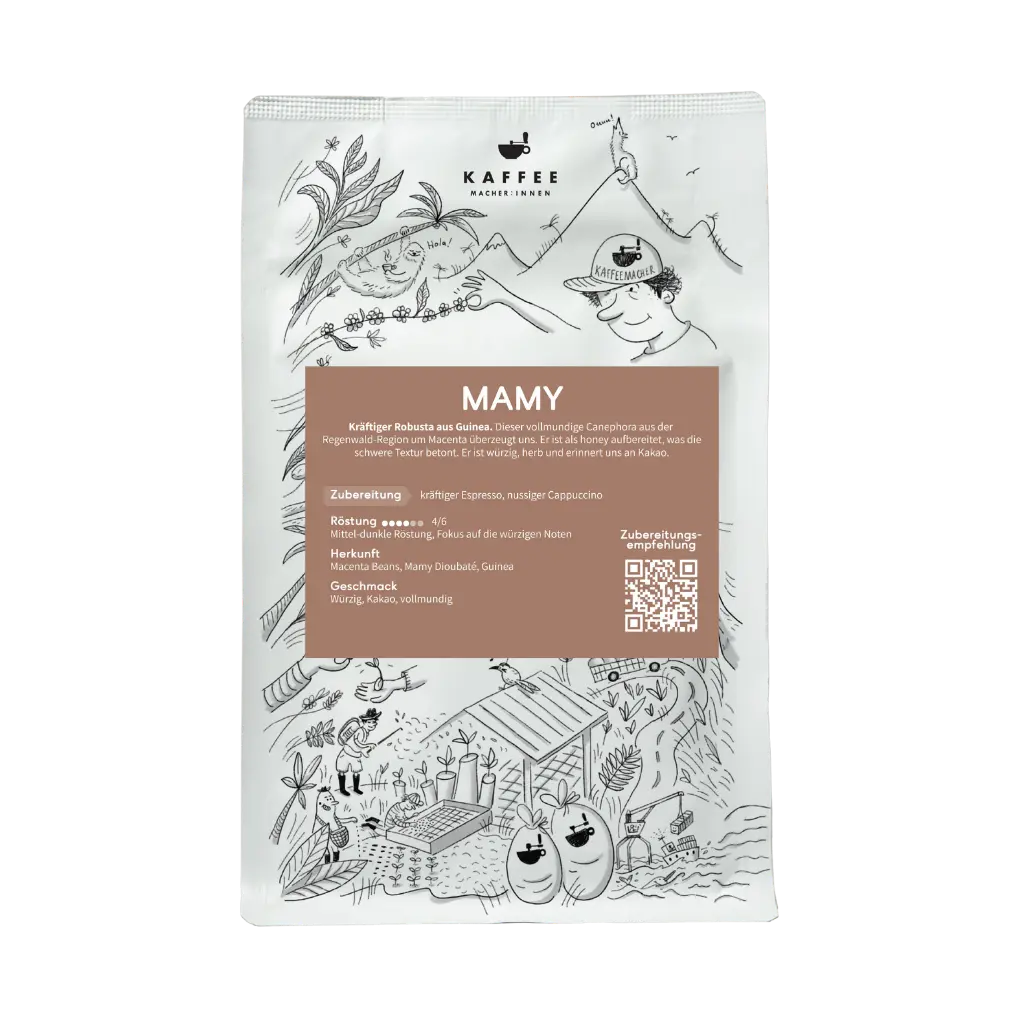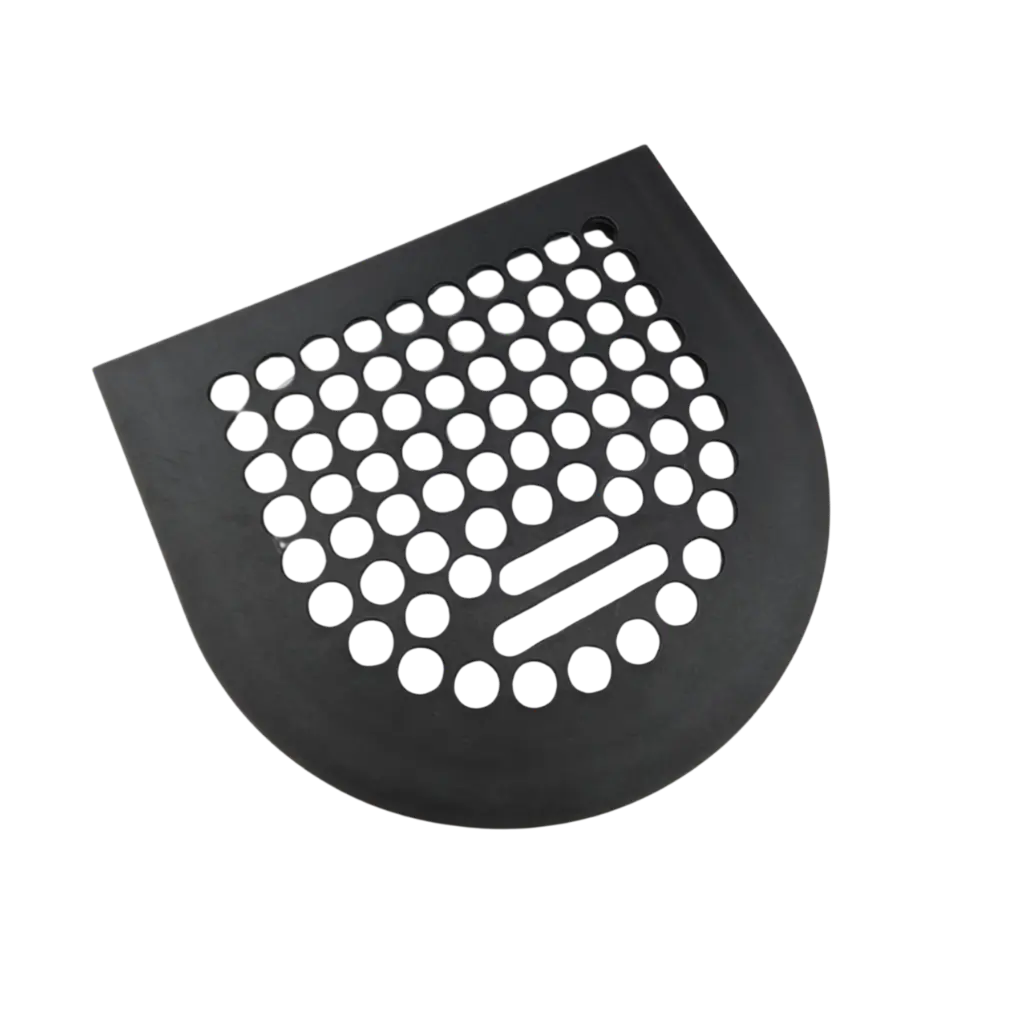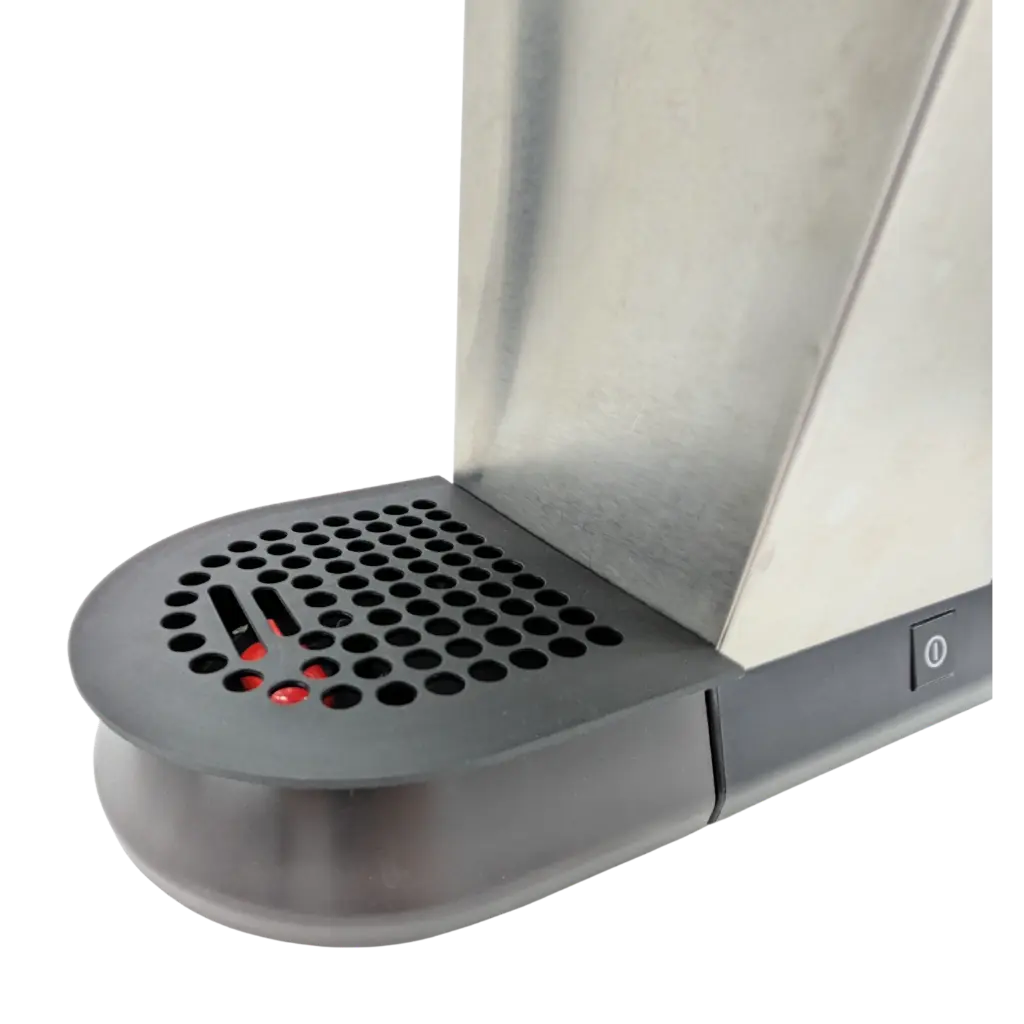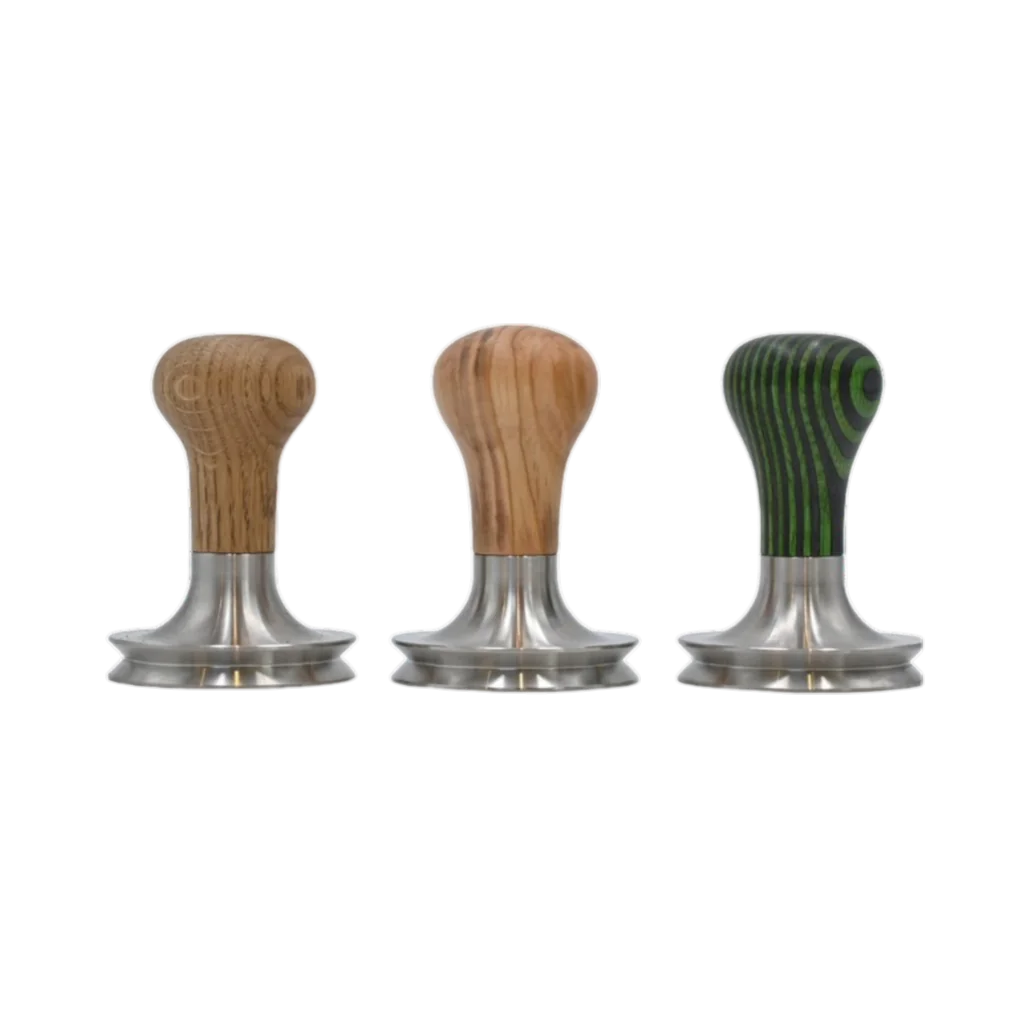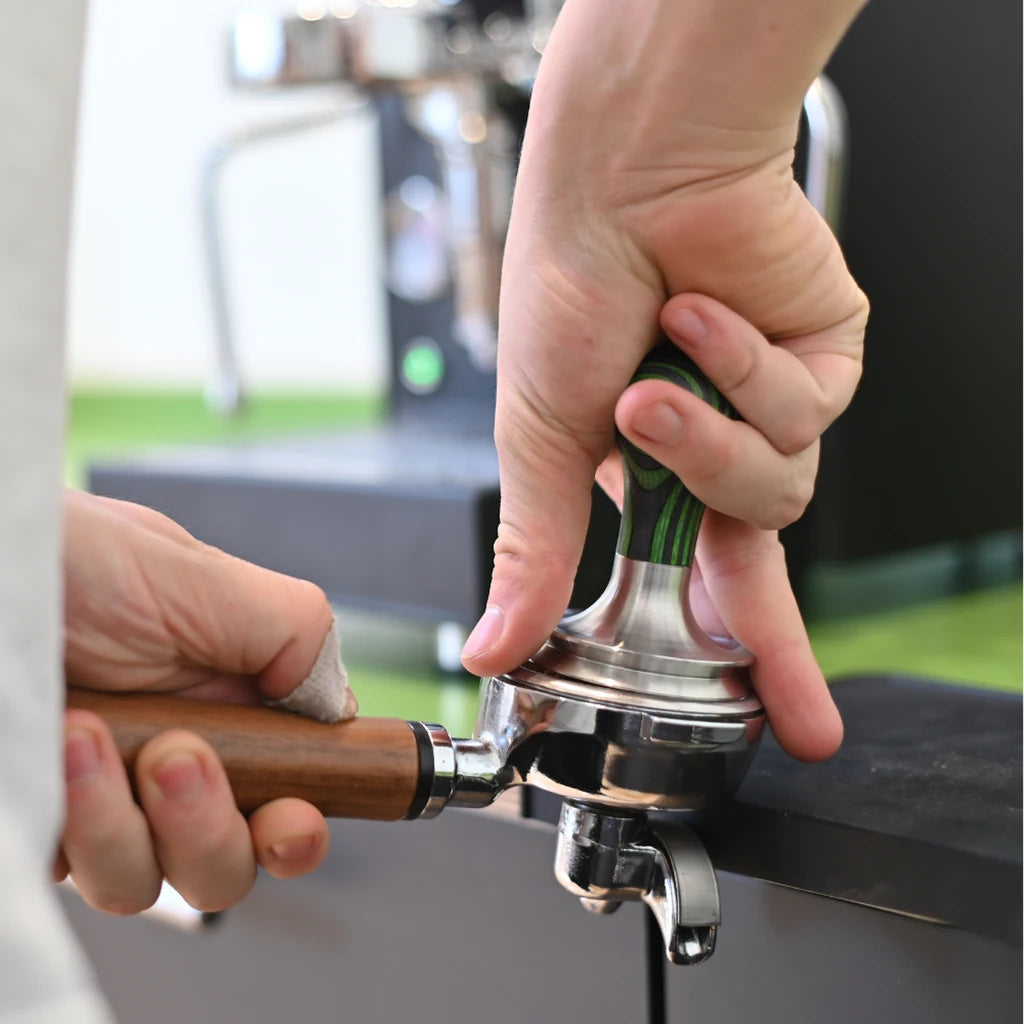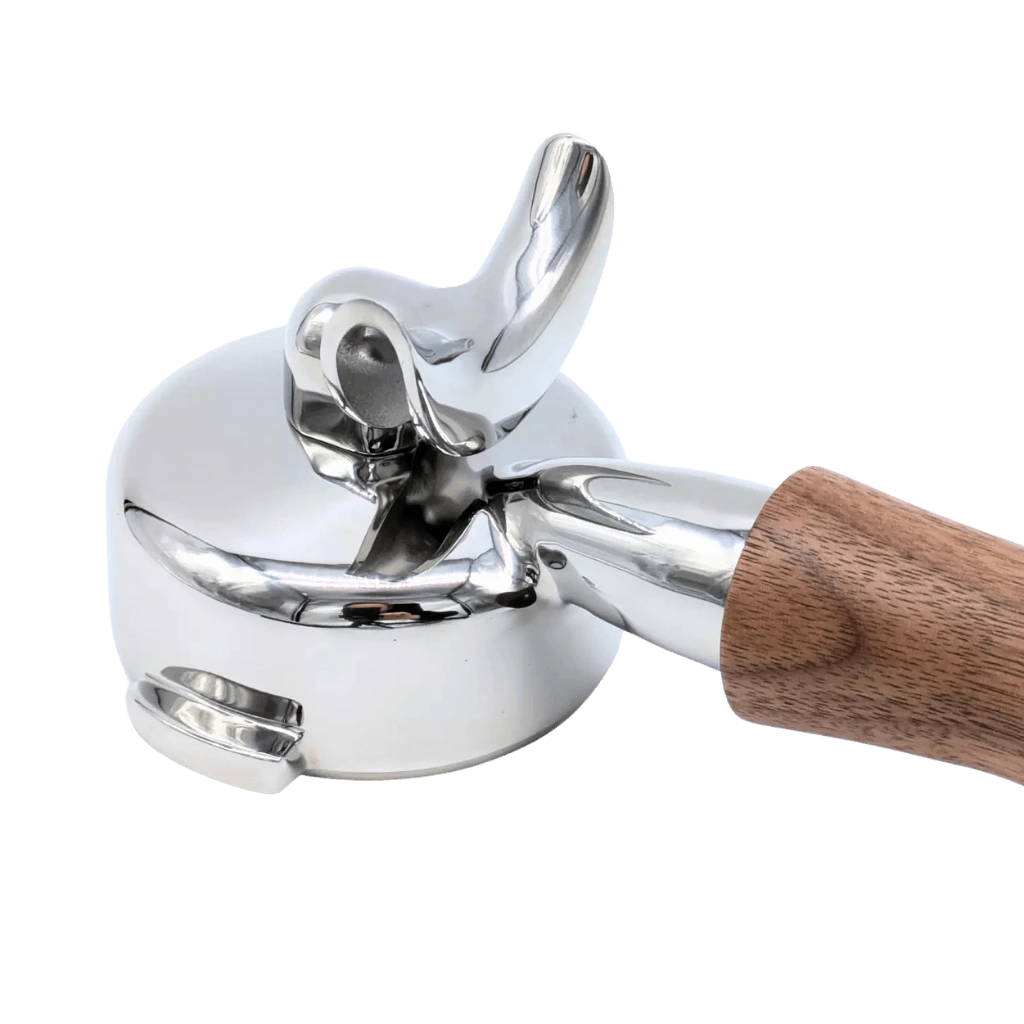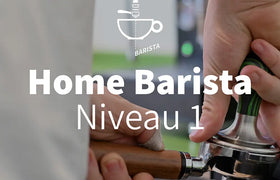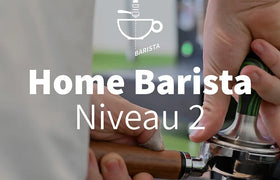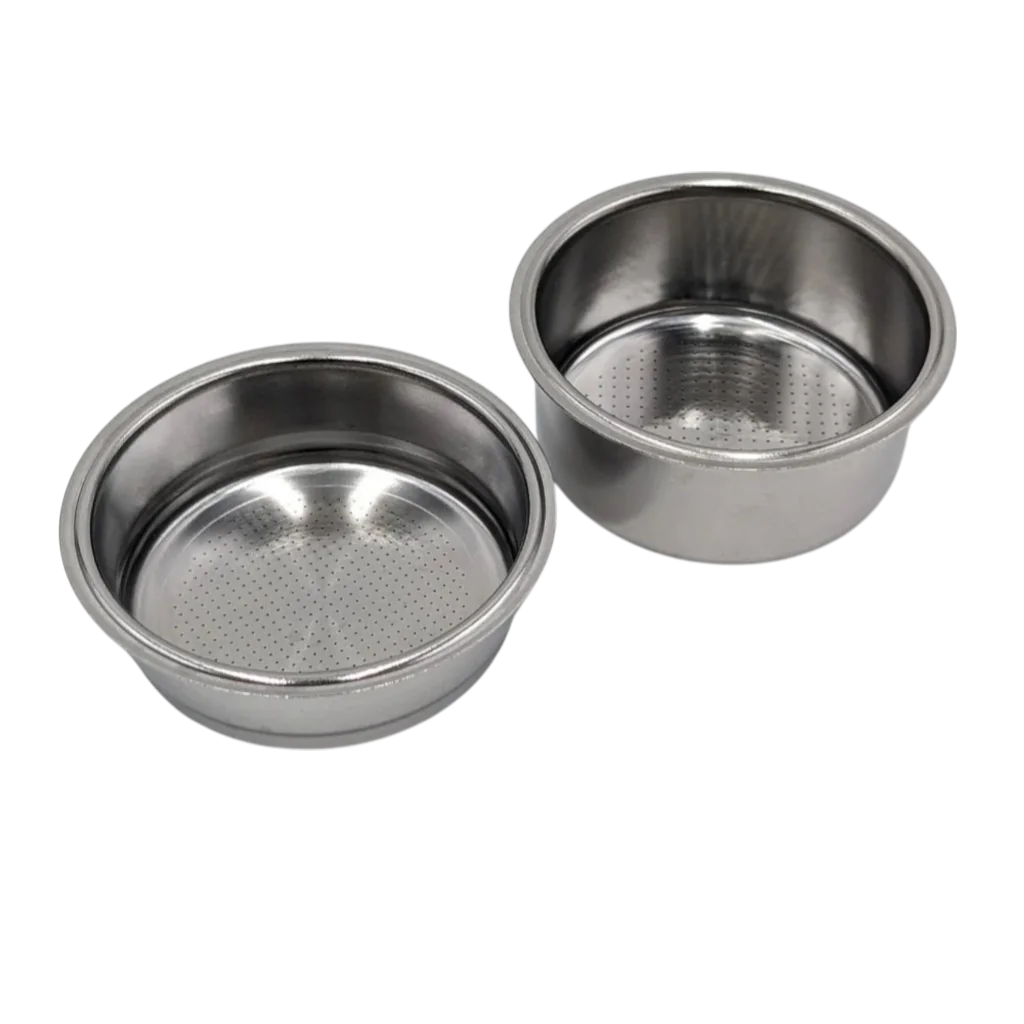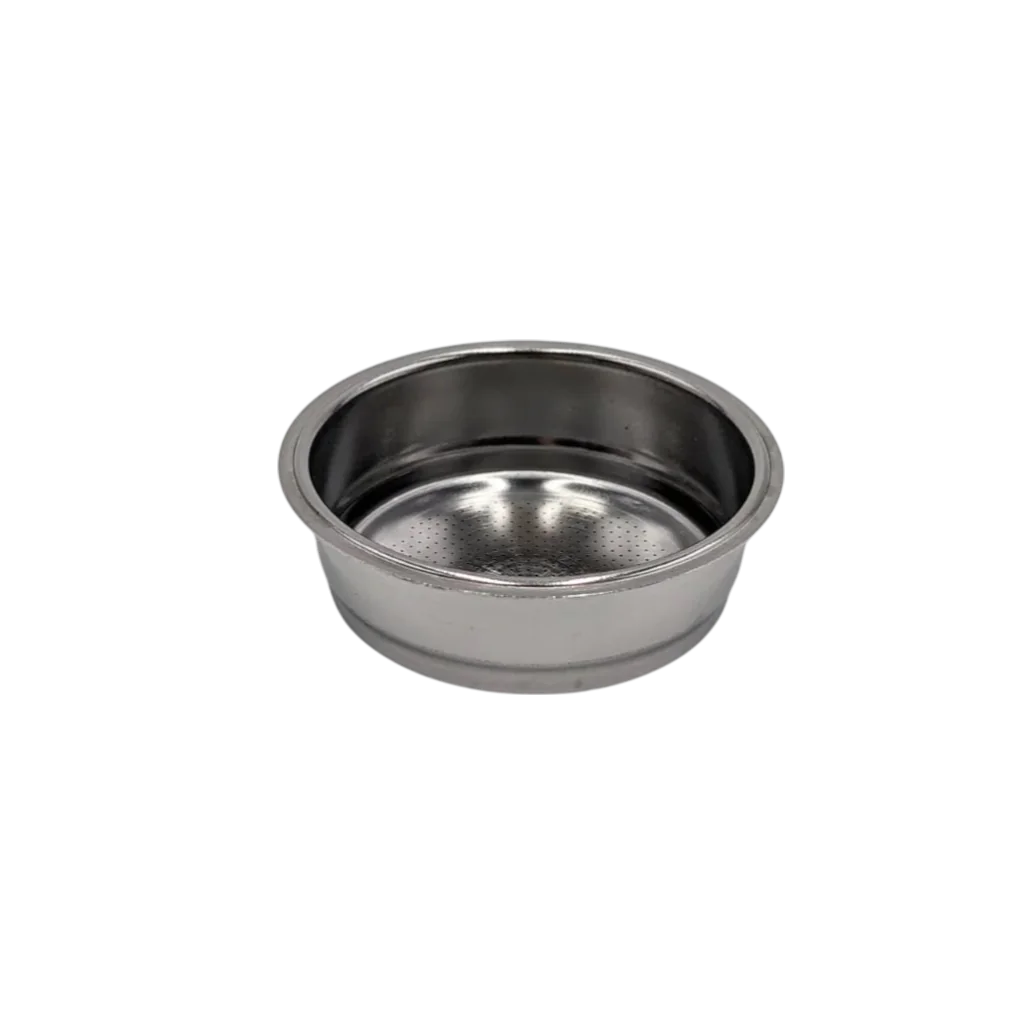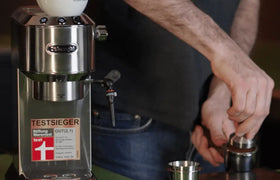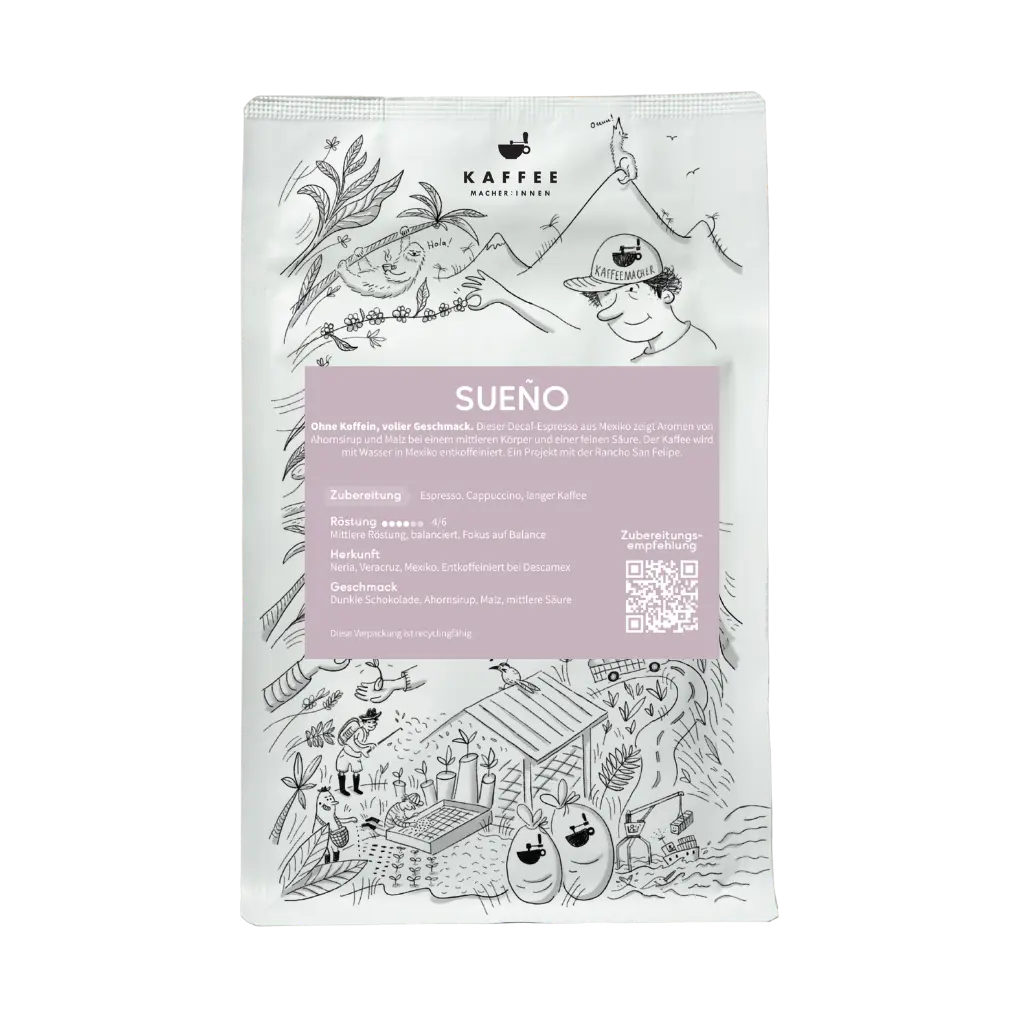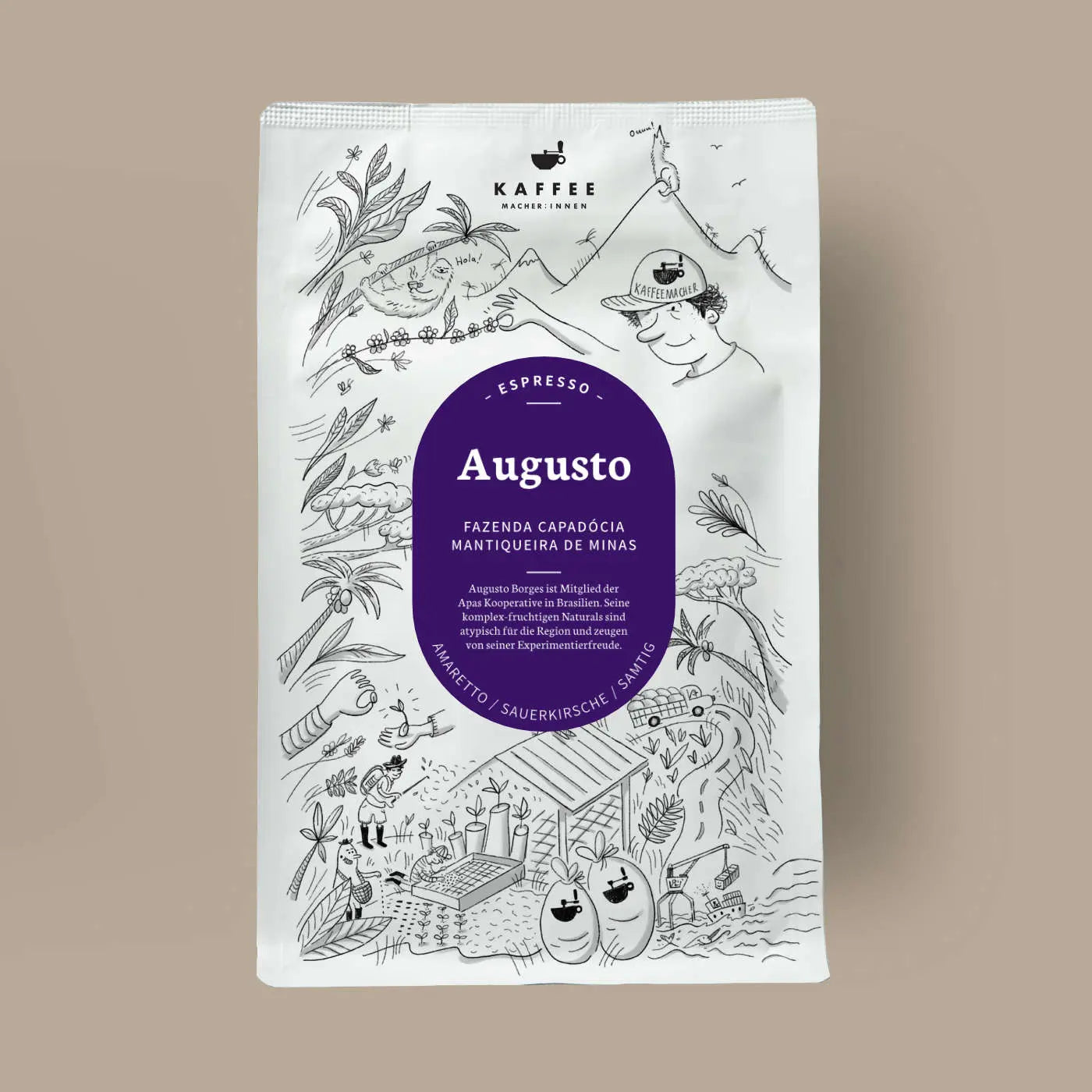
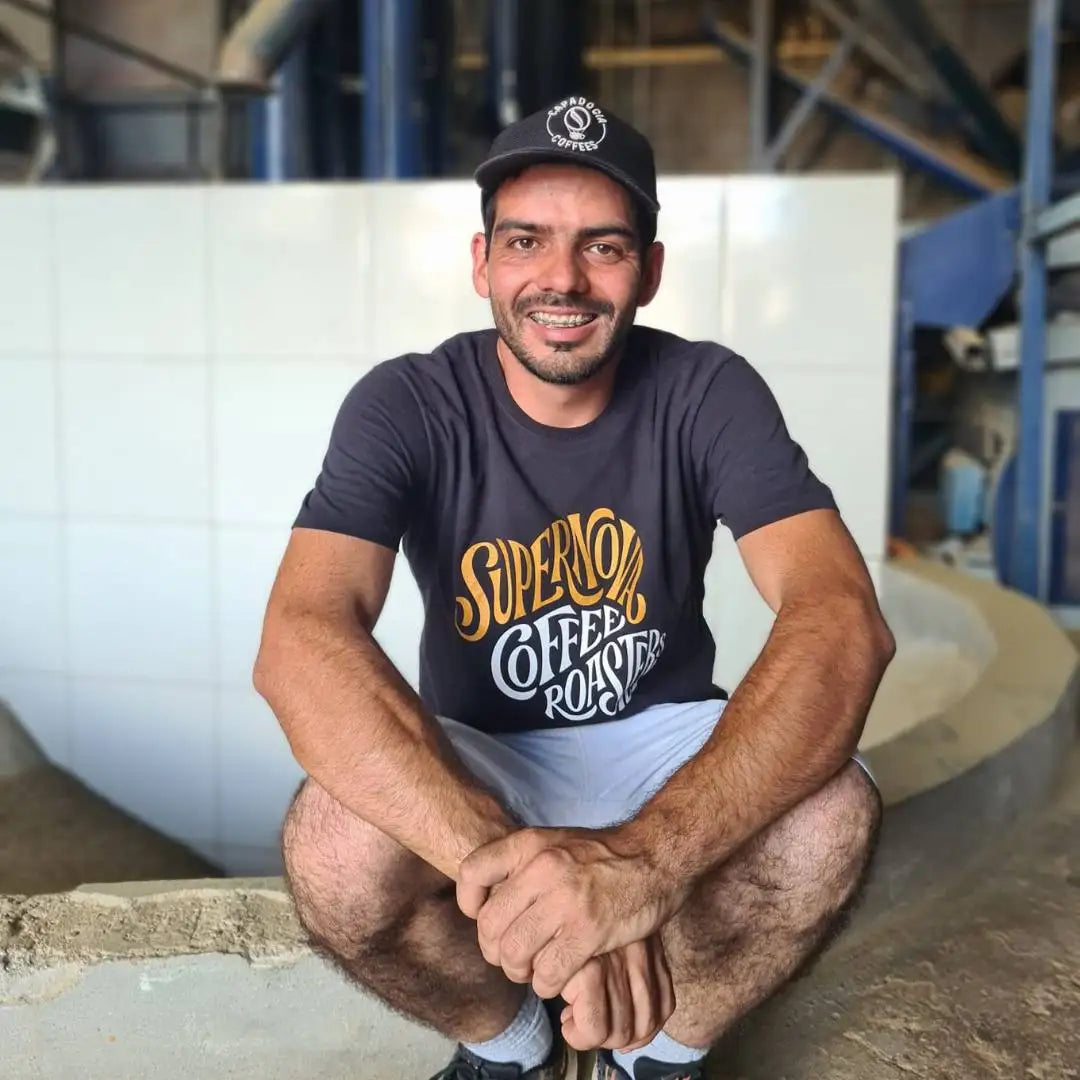

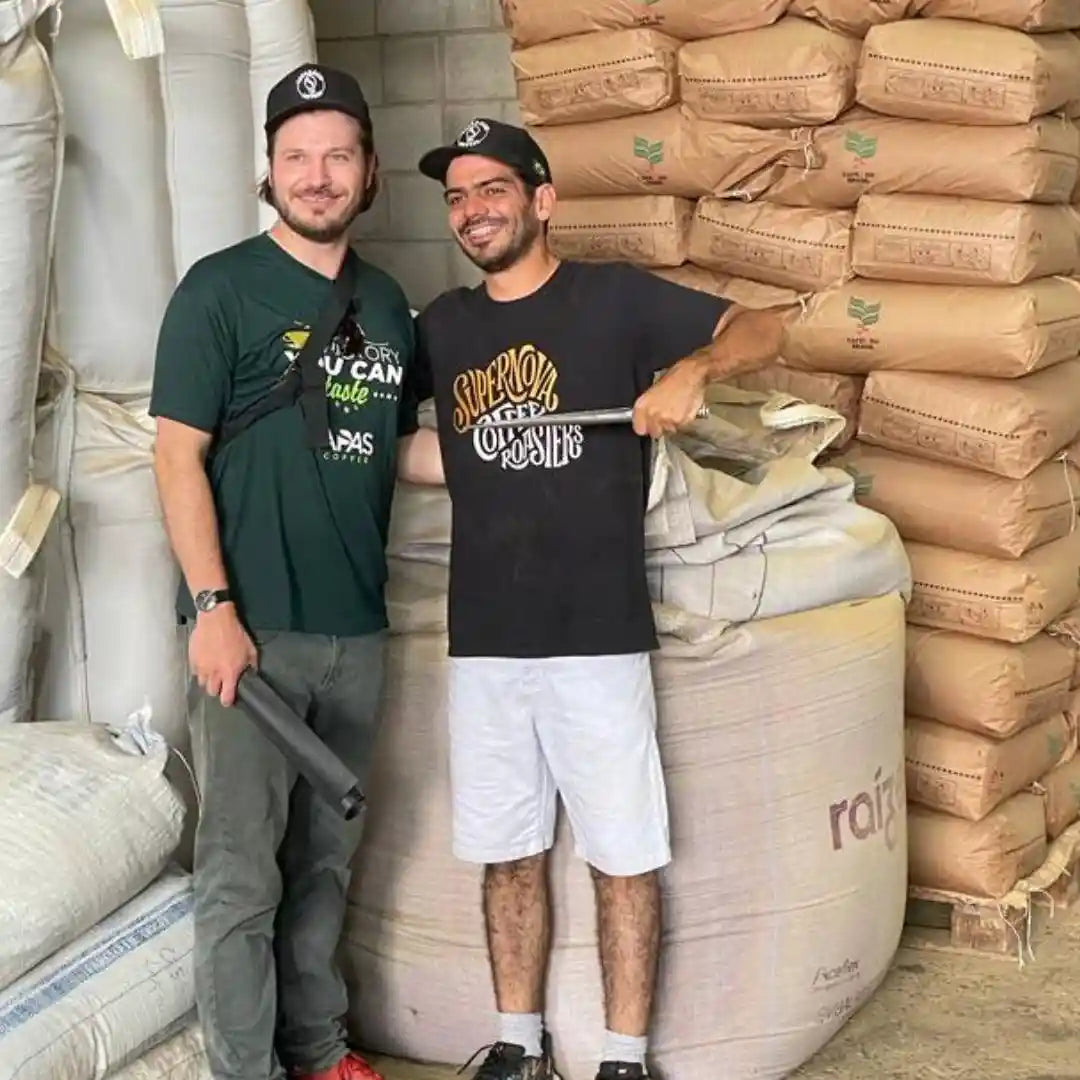
Augusto, espresso from Brasil
Augusto - Espresso from Brasil
Augusto Borges is a creative mind, coffee producer, and Apas member. "I want to bring out new flavor notes," he tells us, and that's exactly what he does: this Catuai Vermelho reminds us of amaretto and sour cherries. All this with a hazelnut baseline and a velvety texture. Augusto - our seasonal, fruity espresso.
Augusto - Coffee Information
- Roasted for: Espresso and cappuccino, long coffee
- Origin: São Gonçalo do Sapucaí, Minas Gerais, Brazil
- Producer: Fazenda Capadócia, Augusto Borges
- Varieties: Catuai Vermelho, 100% Arabica
- Post-harvest process: Fermentation of cherries under plastic, then dried as natural
All our coffees are sold as whole beans.
This is how our David would prepare Augusto
Our David developed and optimized the recipe using the following equipment:
Water : total hardness 5 °dH, alkalinity 3 °dH
Mill: Niche Zero
Grinding degree: 17.5
Espresso machine: Ascaso Steel Duo PID with IMS 24.5 Competition sieve
Roasting age: 14 days
Here we show you in a short video how to set up such a recipe.
This is how our Michel would prepare César
Our David developed and optimized the recipe using the following equipment:
- Water: Total hardness 5 °dH, Alkalinity 3 °dH
- Grinder: Niche Zero
- Grind size: 18.5
- Espresso machine: Ascaso Steel Duo PID with IMS 24.5 Competition basket
- Age of roast: 14 days
Here we show you in a short video how to set up such a recipe.
Tell me more about Augusto
Augusto wears many hats. He is an Apas member, where he brings his larger lots. In addition, he founded his own brand "Capadócia." His father did not see a future in coffee production, but Augusto went all-in with "Capadócia" on specialty coffee and is successful today. With his wife, he runs a small supermarket in town where he also sells his self-roasted coffee. Augusto regularly attends trade shows and sells most of his green coffee to Brazilian roasters in the local market.
Why does the coffee taste the way it does?
Augusto soaks the coffee cherries to remove the floaters (the unripe cherries). Then he lays them out and covers them with a plastic sheet. In a short time, this intensifies the fermentation processes and creates flavors unusual for the region. "As soon as we smell ripe fruit, we remove the plastic and finish drying the cherries in the shade." This process was an experiment for Augusto, which Philipp and Tobi could taste on his farm in the fall of 2023. They were convinced, and voilà: here is the coffee.
Why did we buy the coffee?
Because it fits our philosophy of buying more coffee from the same partners (Apas & Friends). Because the coffee stands out from the usual Apas profile. Because Augusto represents a generation of young producers who are doing their own thing, shaping the local market, and constantly trying new things.
How do we roast this coffee?
We roast the coffee as a 20kg batch on our 30kg Giesen roaster. We start with a soak, applying no energy, for 30 seconds. Then we increase the energy to 65% and leave it there until six minutes, before gradually lowering it. After the first crack, we reduce the energy to zero, as the coffee almost roasts itself to the end. It develops a lot of energy towards the end, which can be explained by the type of fermentation. After 12:20 minutes and a development time of 11%, we remove the coffee.

Guaranteed origin
We know exactly where our coffee comes from and when and where it was roasted.
Free shipping in Germany from 75€
Personal advice
We are here to help you with any questions or problems.
Fast shipping
Delivery from Germany or Switzerland



